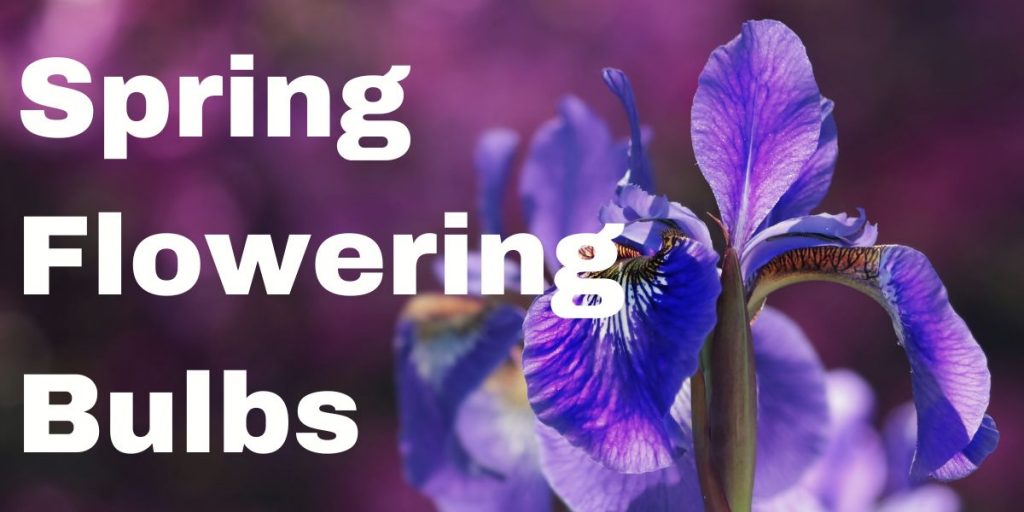Fall is the time to plant the spring flowering tulip, hyacinth, daffodil, crocus and iris bulbs for a profusion of color the next spring. Groupings of bulbs throughout the landscape will accent and highlight the garden. When used in naturalized settings of tall evergreens or among trees and broadleaf evergreens, they are particularly effective.
Because of the variety in growing heights and the wide range of colors available, their uses are almost unlimited. They can be used in borders, for bedding or for background color. Groupings or drifts of several types often create outstanding color effects. With some planning it is possible to enjoy their beauty and color from January to May.
The use of bulbs in plantings of ajuga, sedum, sagina moss, thyme, ivy, vinca minor and other low-growing ground covers is especially nice.
Bulbs can be effectively used in containers, too. They can provide spot color on the patio, in the entry area, near the driveway or in the home. Most varieties do equally well in the ground or in containers.
If you are in doubt as to how deep to plant any variety, use the simple rule of thumb: plant three times deeper than the greatest diameter of the bulb. For example, a two inch diameter requires a six inch planting depth.
Bulbs prefer a sandy soil, although they will grow in almost any type of soil that is well drained. Most varieties will not tolerate wet feet. In heavy soils, place a small amount of sand under each bulb to improve the drainage.
When planting bulbs, mix in ample amounts of peat moss and bulb fertilizer. Disease and insect infestations can be controlled by applying an all purpose soil insecticide/fungicide dust at the same time.
For a finished appearance and to help discourage the growth of weeds during the winter, mulch bulb planting areas with peat moss or bark.
Winter blooming pansies provide bright color during the winter in areas where bulbs have been planted. The use of winter blooming heather is also a nice companion plant.
Crocus – Offers some of the finest early spring color. The winter species of crocus begin blooming in early January. They are available in bright orange, white, yellow and blue. Dutch crocus have a little larger flower and begin blooming in late February, continuing until late March or early April. Colors range from white, lavender, purple and yellow to striped white and lavender. They are effective in borders, groupings and naturalized settings.
Daffodils – A natural in Northwest gardens. The bright yellows, whites, pinks and combinations of colors are outstanding when used among evergreens, in naturalized plantings or in combinations with crocus, tulips and other spring flowering plants.
Hyacinths – Beauty and fragrance for the garden. Their use is more limited than the other bulbs mentioned because they are stiff and formal and do not naturalize as well. When used in containers, in formal plantings or for borders, they are very effective. This is an excellent bulb to use near the entry area, in the home or wherever foot traffic is heavy because of the intense aroma they emit.
Bulbous Iris – They have dainty flowers that are sometimes orchid-like. They can be effectively used in containers. They are available in many colors and provide excellent cut flowers.
Tulips – According to variety they grow from just a few inches tall to 30 inches or more. They have unlimited uses in borders, in rockeries, for massing or grouping, in naturalized settings and as container bulbs. Some varieties have single flowers: others are double. There is a variety to match every color in the spectrum. In addition, some varieties offer decorative and colorful foliage that is ideal for flower arranging.
Anemone, scilla, sparaxis, eranthis, snowdrop and ranunculus are just a few of the other bulbs to consider for spring garden color. Most varieties arrive at local nurseries and garden centers early in the fall and may be planted up until about the first of the year.
